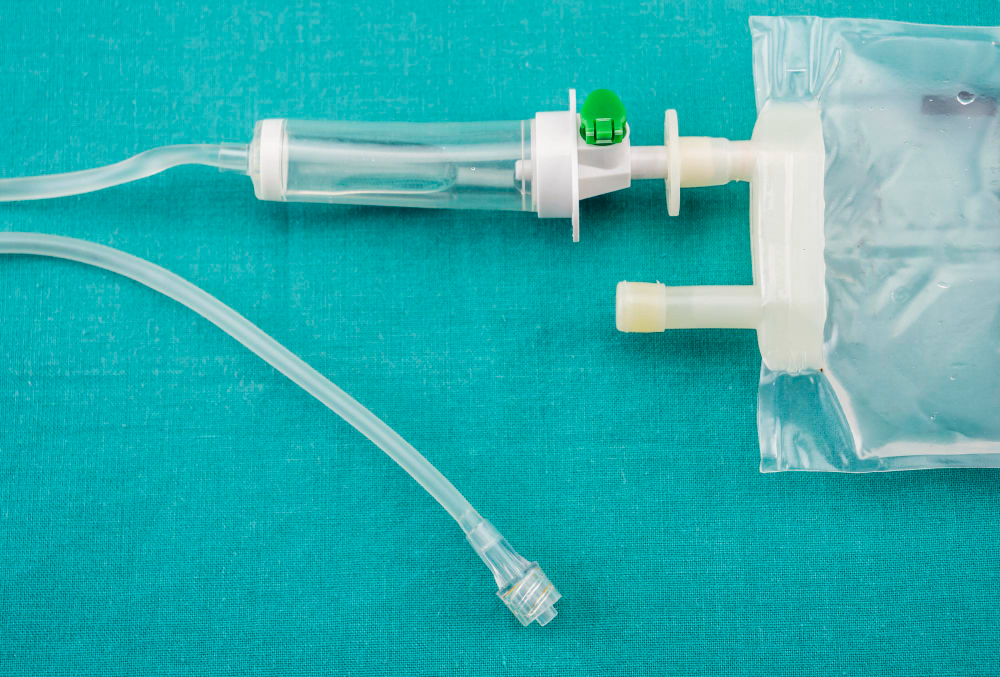Intravenous (IV) therapy has revolutionized patient care, saving countless lives and improving treatment outcomes. But have you ever wondered how this essential practice came to be? The history of IV therapy is a fascinating tale of discovery, experimentation, and advancements that span centuries.
In this article, we’ll embark on a journey through time, tracing the key milestones and pioneers who shaped the IV therapy development. From the earliest attempts at blood transfusions to the sophisticated infusion devices we use today, we’ll explore the IV therapy evolution.
History of IV Therapy
Modern IV therapy is less than a century old. However, the concept of IV therapy and the idea that medications could be injected into the bloodstream date back to the 1600s when some risky blood transfusion attempts were made. But it wasn’t until the 17th century that scientists started experimenting with injecting fluids into veins.
Over time, technological advancements and medical knowledge have made IV therapy possibly safer and more effective. Today, it’s a common and essential part of medical treatment, used for everything from giving fluids to providing medications quickly in emergencies.

Earliest attempts and experiments
The development of IV therapy was spurred by the imperative to replenish fluids and administer medications directly into the bloodstream. Early experiments in the 17th century involved injecting liquids into veins but lacked proper techniques. Key breakthroughs, such as William Harvey’s pivotal work on blood circulation in 1628 and advancements in equipment like hollow needles, enabled safer IV administration.
Additionally, the American Civil War and World War I significantly accelerated research in IV therapy. The severe dehydration caused by cholera underscored the need for effective intravenous fluid administration.
When was IV first used?
Pioneers like Sir Christopher Wren conducted early experiments with IV injections in animals. The first documented use of IV therapy occurred in 1667 when Johann Daniel Major treated a fever patient. Over subsequent decades, researchers such as Elsholtz and Scultetus refined these techniques, improving understanding and application.
Initially, IV therapy targeted conditions like fevers and poisoning, delivering medications directly into the bloodstream. Recognizing its potential, practitioners explored its use for fluid replacement in cases of dehydration or blood loss. Despite these advancements, widespread adoption was hindered by limited knowledge, suboptimal techniques, and the inherent risks of complications.
What did the first IV look like?
As mentioned, primitive techniques and apparatus characterized the earliest intravenous (IV) administrations in the 17th century. These initial efforts lacked the sophisticated equipment and understanding of physiology that define modern IV therapy.
The early apparatus for the first intravenous injection included hollow bird feathers or animal bladders attached to metal tubes. These crude methods relied on gravity or manual syringes, which posed significant risks of complications due to a lack of sterilization or infection control protocols.
Then, early practitioners used solid metal needles to inject fluids directly into veins, a method requiring considerable skill to avoid complications such as vein damage or air embolisms. Fluids were typically contained in glass syringes or basic glass bottles, lacking the sterile conditions crucial for preventing infections. However, sterilization techniques were rudimentary, posing significant risks of sepsis and other infections.
Challenges and limitations
Controlling fluid volume and composition was challenging due to limited measurement tools and understanding of electrolyte balance. The early stages were marked by technological and knowledge limitations, including a basic grasp of blood circulation and physiology, which constrained the effectiveness and safety of early IV treatments.
Despite these challenges, these pioneering efforts laid the foundation for subsequent advancements in IV therapy, such as the development of hollow needles, improved sterilization methods, and enhanced understanding of fluid dynamics and electrolyte management.
Today, IV therapy is a critical medical intervention for fluid resuscitation, medication delivery, and nutritional support. It is utilized across various medical conditions.
Who invented the IV drip?
Sir Christopher Wren is renowned for his architectural achievements. In 1658, he conducted pioneering experiments with intravenous infusion techniques, using a pig’s bladder and a quill to administer substances into a dog’s veins. However, these early efforts were not widely recognized or adopted at the time.
The modern intravenous (IV) drip, as we know it today, is credited to Dr. Thomas Latta. In 1832, Latta successfully used IV therapy to treat cholera patients by administering saline solutions directly into their veins.
His work marked a significant advancement in medical science, laying the foundation for the widespread use of IV therapy in medicine. While both Sir Christopher Wren and Dr. Thomas Latta contributed to the development of intravenous techniques, Latta’s specific invention of the IV drip has become a standard medical practice.
Advancements in IV Therapy
IV therapy has revolutionized medical care by minimizing infections with sterile disposables and expanding treatment applications through precise electronic pumps and specialized catheters. Biocompatible materials reduce adverse reactions, while closed systems prevent contamination.
Furthermore, aseptic techniques enhance safety, and fluid monitoring optimizes balance, facilitating specialized therapies such as nutrition and chemotherapy. Also, evidence-based guidelines ensure that healthcare teams follow proven protocols based on scientific research. This consistency helps different disciplines work together more effectively, improving patient care coordination.
In emergencies, critical care, and oncology, IV therapy is indispensable for life-saving treatments, possibly improving outcomes and safety. Its delivery method allows for expanded treatment options, including outpatient and home therapies, and supports personalized care, driving drug innovation forward.

Conclusion
The evolution of intravenous therapy has been a remarkable journey. What began with humble origins has become a widely adopted and indispensable medical practice.
This captivating odyssey through the medical history of IV therapy showcased the perseverance and ingenuity of several pioneers who laid the groundwork for this life-saving technique.
We hope this article has given you a deeper understanding of the trials and triumphs that have shaped modern IV therapy. You have gained an appreciation for its profound impact on healthcare worldwide.
As we continue to push the boundaries of medical science, the legacy of IV therapy remains profoundly significant. It stands as a testament to the power of human determination and the unwavering pursuit of improving lives.



